SteelSeries Arctis Nova 1P (Wired, Multi-Platform)
If you want zero latency, universal compatibility, and a light clamp for marathon sessions, Nova 1P nails the basics. SteelSeries’ tuned drivers focus on clarity over boomy bass, which helps footsteps and midrange cues in shooters. The ComfortMAX suspension band spreads weight well, and the on-ear volume/mute is intuitive. You lose wireless freedom here, but the 3.5 mm cable means it just works with almost everything: controllers, laptops, handhelds, and PCs.
Pros
-
Consistently clear game/voice mix
-
Comfortable for long sessions; lightweight build
-
Works with essentially any 3.5 mm jack device
Cons
-
No wireless; tether management needed
-
Mic is good, not broadcast-grade
-
No software EQ unless you add third-party apps
EKSA 2.4 GHz Wireless (USB-A/C Dongle + Bluetooth + 3.5 mm)
For low-latency wireless on PS5/PC without spending big, EKSA’s 2.4 GHz model is the sweet spot. The USB-A/C dongle flexibility makes it easy to move between a desktop, a laptop, and a PS5, and the headset’s ENC boom mic keeps party chat clean. Battery life is competitive for the class, and the clamping force is moderate, avoiding hot spots for most head shapes.
Pros
-
Snappy 2.4 GHz link ideal for gaming; Bluetooth for phones
-
USB-A/C dongle convenience; 3.5 mm fallback
-
Strong battery life for the money
Cons
-
Plasticky adjustment arms vs premium sets
-
ENC can trim ambience but won’t replace broadcast mics
-
App/EQ support varies by region/model
Anker Soundcore Q20i (Hybrid ANC, Bluetooth/AUX)
The Q20i isn’t a gaming headset, but it’s a fantastic everyday headphone that many budget-minded gamers pair with a wired mic or controller AUX. You get Hybrid ANC that softens transit and office noise, multipoint pairing for laptop + phone, and excellent battery life (longer in standard mode, a bit less with ANC on). For twitch shooters, avoid Bluetooth (latency); for single-player or cloud gaming on a train, it’s fine.
Pros
-
ANC + multipoint at a budget price
-
Long battery life; quick charge
-
Comfortable, travel-friendly
Cons
-
Bluetooth latency makes it sub-optimal for competitive play
-
Built-in mic is okay for calls, not team scrims
-
Lacks gamer niceties (no 2.4 GHz dongle)
Gtheos Captain370 (2.4 GHz / Bluetooth / 3.5 mm)
This one’s about flexibility. Toggle between 2.4 GHz for gaming, Bluetooth for music, and 3.5 mm when you need a cable. The flip-to-mute mic and RGB accents add gamer flair, while the battery endurance is among the best in the budget crowd. Sound is a lively “V” with boosted bass and sparkle; great for action titles and EDM, though some may want to dial mids up via EQ.
Pros
-
3-mode connectivity covers nearly every device
-
Big battery; handy on-ear controls
-
Fun, energetic sound for casual play
Cons
-
Bass can mask detail unless EQ’ed
-
RGB = more battery draw if left on
-
Build feels value-grade (creaks over time)
Monster Mission 320 (Budget 7.1/LED, Wired or Wireless Variant)
Monster’s Mission 320 leans on “7.1” virtual surround and flashy LEDs to stand out. It’s fun for cinematic games and casual sessions. Competitive players may find the imaging looser than the SteelSeries or EKSA, but for single-player immersion and voice chat with friends, it does the job. Prioritize comfort—pad material and clamp feel vary by batch/listing.
Pros
-
Immersive “7.1” effects for single-player titles
-
Simple plug-and-play; detachable/flip mic options
-
Often discounted
Cons
-
Imaging and mic consistency trail the top two picks
-
Feature set varies by listing (check mode support)
-
LED bling not for everyone
Head-to-Head: Sound, Mic & Comfort
-
Sound & imaging: Nova 1P focuses on clarity and midrange detail great for footsteps. EKSA strikes a balance with a touch more low-end punch. Gtheos is the bass-heaviest, which is fun but may blur subtle cues without EQ. Mission 320’s virtual surround adds space but can smear precision. Q20i is musical and smooth for daily listening; for gaming, use AUX to keep latency out.
-
Mic quality: EKSA’s ENC boom is the cleanest for party chat. Nova 1P’s boom is reliable and natural-sounding. Gtheos is solid if you keep gain in check. Mission 320 varies by unit. Q20i’s built-in mic is fine for calls, not ranked for team comms.
-
Comfort: Nova 1P’s suspension band distributes weight best. EKSA is light with cushy pads. Gtheos has roomier cups but a firmer clamp at first. Q20i is plush for travel. Mission 320 depends on listing verify pad material and headband.
Connectivity & Latency: What You Need to Know
-
2.4 GHz (EKSA, Gtheos): Best for low-latency gaming on PS5/PC.
-
Bluetooth (Gtheos, Q20i): Fine for music/media; not ideal for competitive gaming.
-
Wired 3.5 mm (Nova 1P, wired modes on others): Zero latency and universal compatibility.
-
USB-A/USB-C dongles (EKSA): Make swaps between desktop, laptop and PS5 painless.
-
Xbox note: If a headset doesn’t list native Xbox wireless or USB support, plan on 3.5 mm to the controller.
Battery & Charging (Wireless Models)
-
Long-runners: Gtheos and EKSA claim multi-day runtimes; expect less with RGB or max volume.
-
Q20i: Excellent endurance; ANC on shortens life a bit, standard mode stretches it.
-
Best practice: Top up after sessions, and keep firmware (where available) current for stability.
Which Should You Buy? (Use-Case Picks)
-
Best overall for PS5/PC multiplayer: EKSA 2.4 GHz Wireless latency, battery and mic balance.
-
Best wired under tight budgets or for tournaments: SteelSeries Nova 1P no latency, broad compatibility.
-
Best travel/all-rounder: Soundcore Q20i ANC and comfort for commuters; game via AUX when needed.
-
Best “do-everything” connectivity: Gtheos Captain370 use 2.4 GHz for matches, Bluetooth for music, cable for controllers.
-
Best for flashy setup & casual play: Monster Mission 320 LED fun and virtual surround.
Buyer’s Guide: What Matters at This Price
-
Sound signature: A mild V-shape is common; if you value footsteps and chat clarity, look for balanced mids or add EQ.
-
Mic performance: Prefer boom mics with ENC for party chat; built-ins on ANC headphones are for calls, not scrims.
-
Comfort: Check clamp force, pad material (fabric vs leatherette), and headband flexibility; hot spots show up in hour 2–3.
-
Connectivity: For PS5/PC, 2.4 GHz beats Bluetooth. If you swap devices often, USB-A/C dongles help.
-
Returns & warranty: Budget brands vary keep packaging and test mic + comfort in week one.

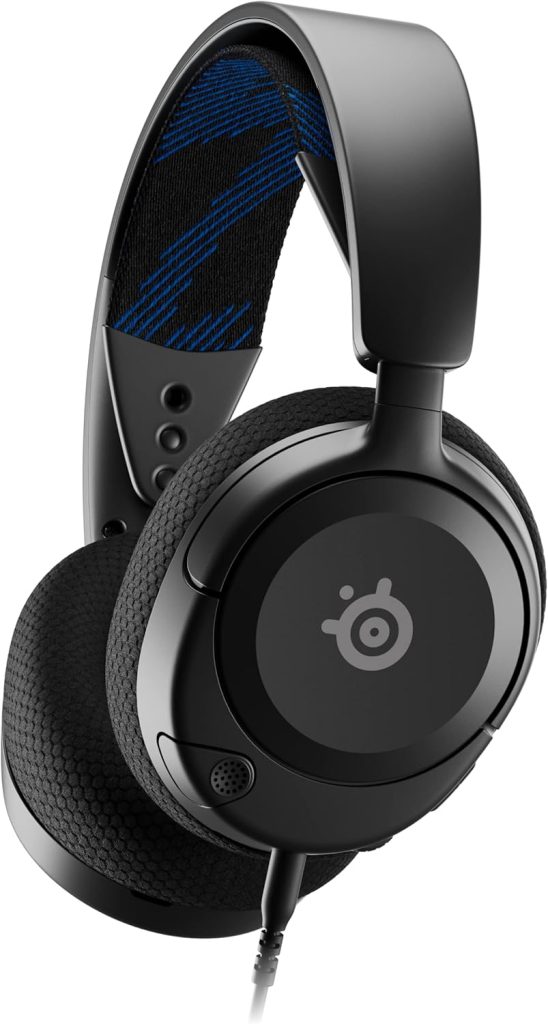
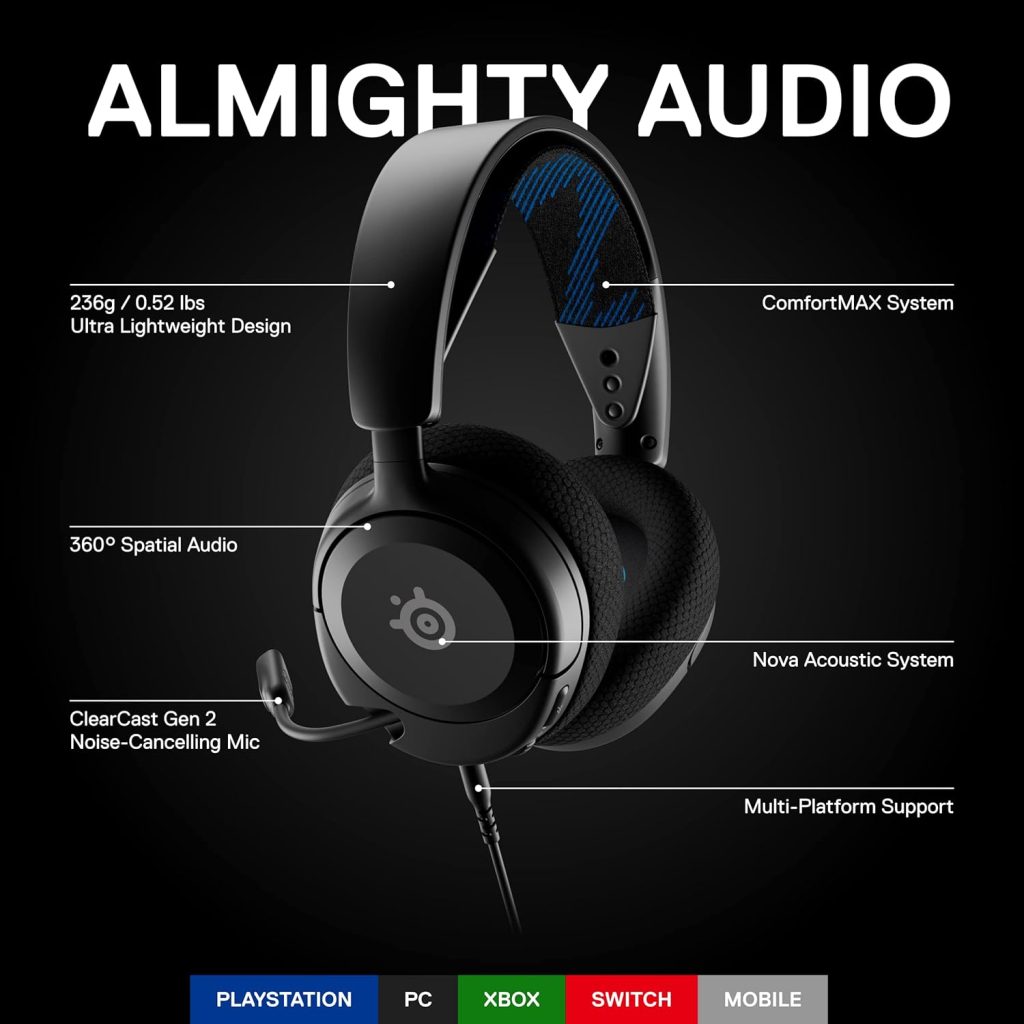
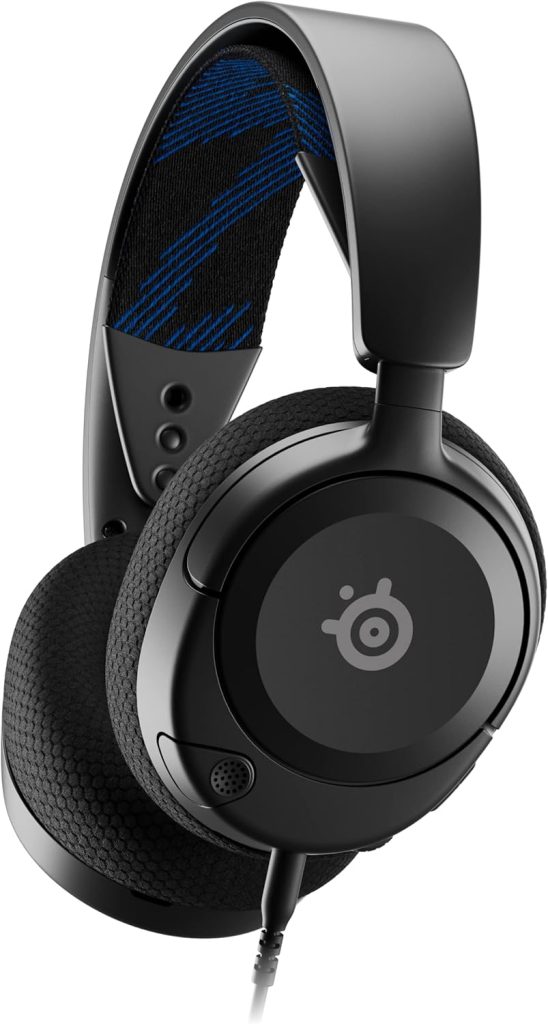
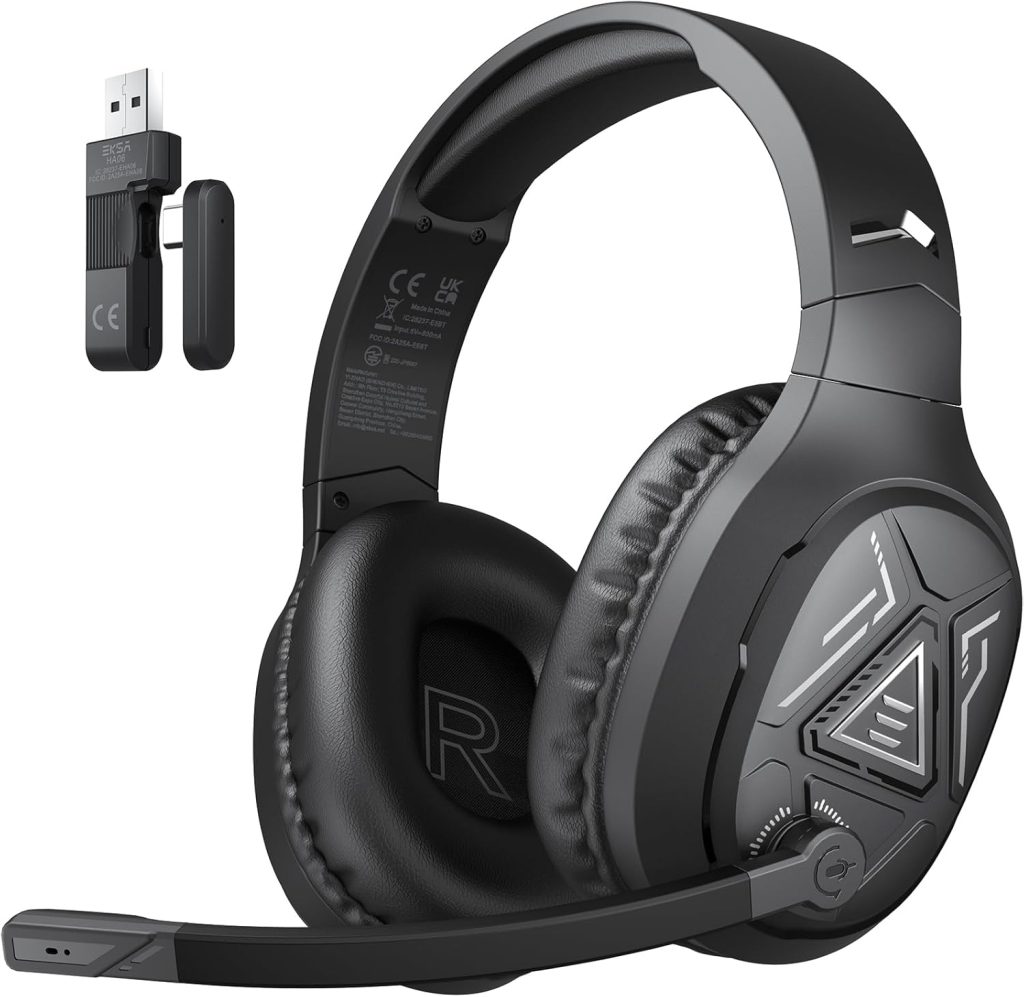
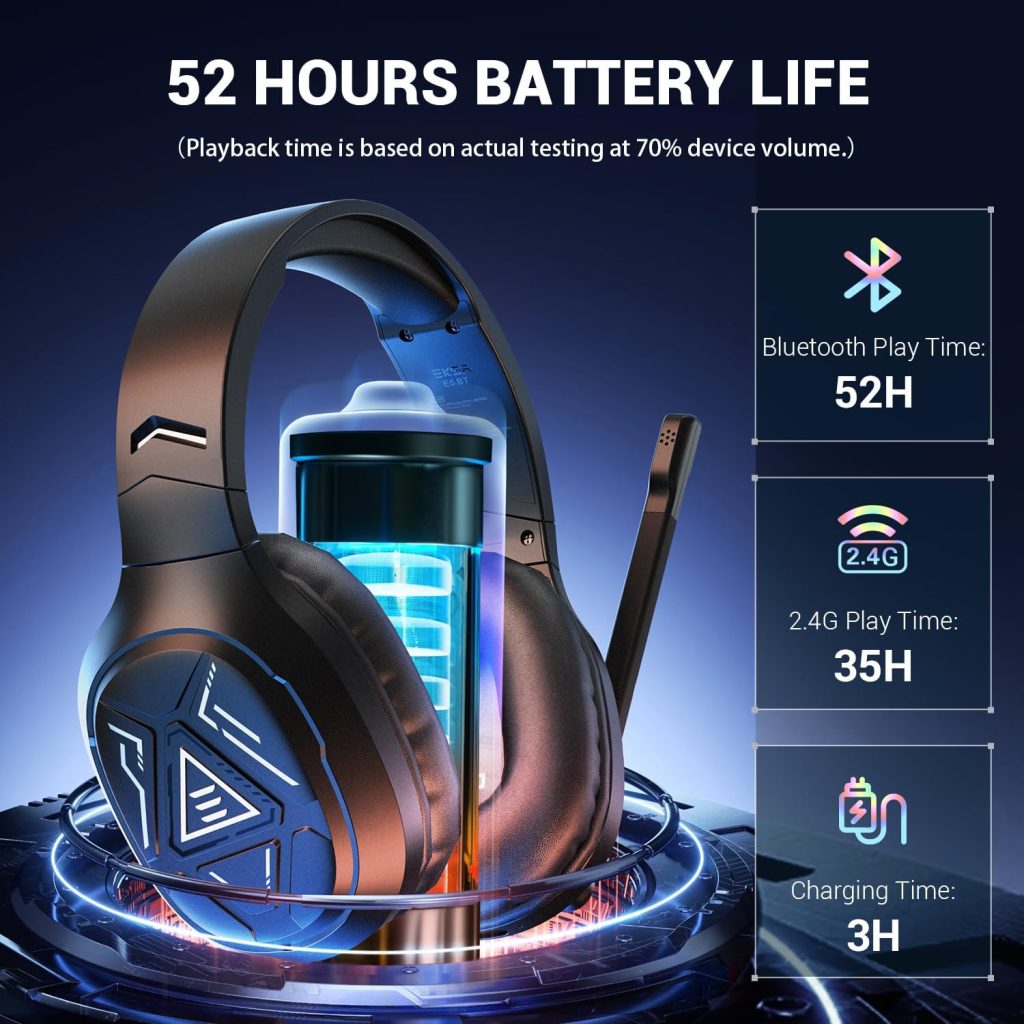
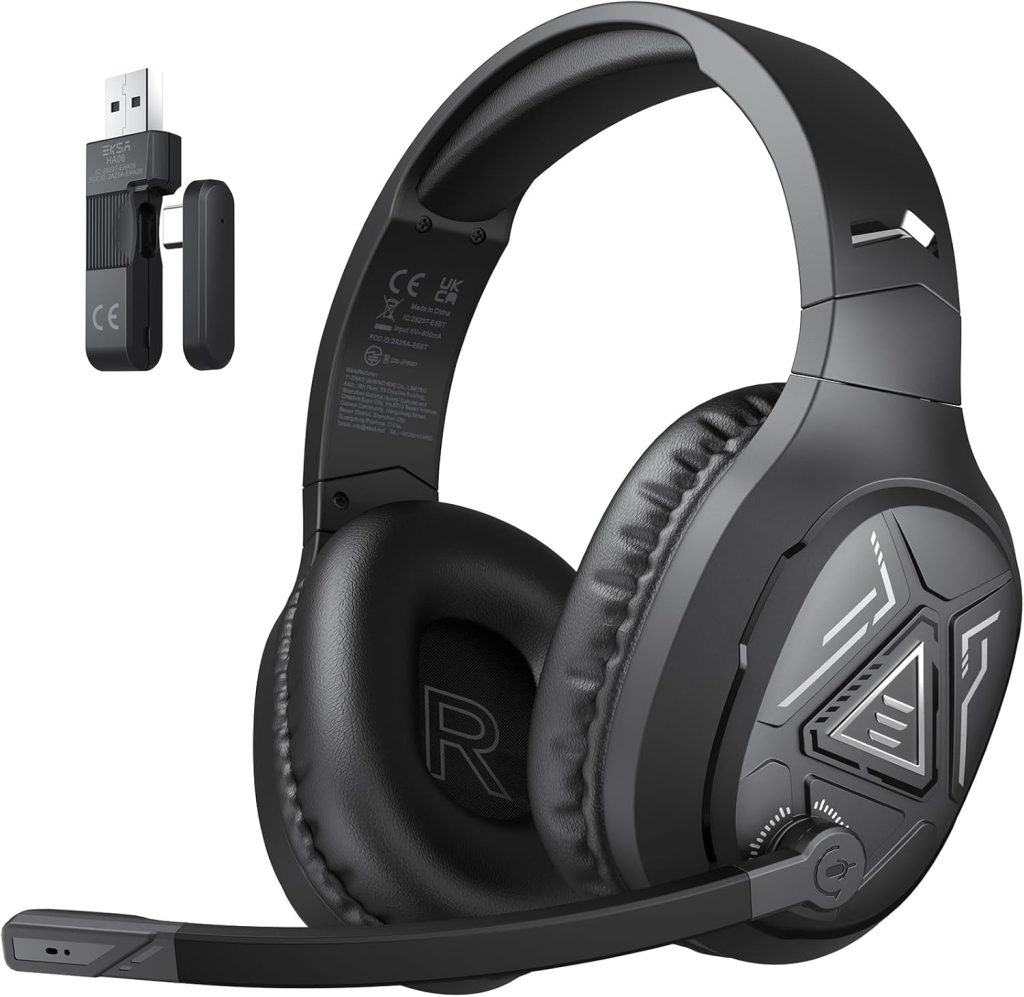

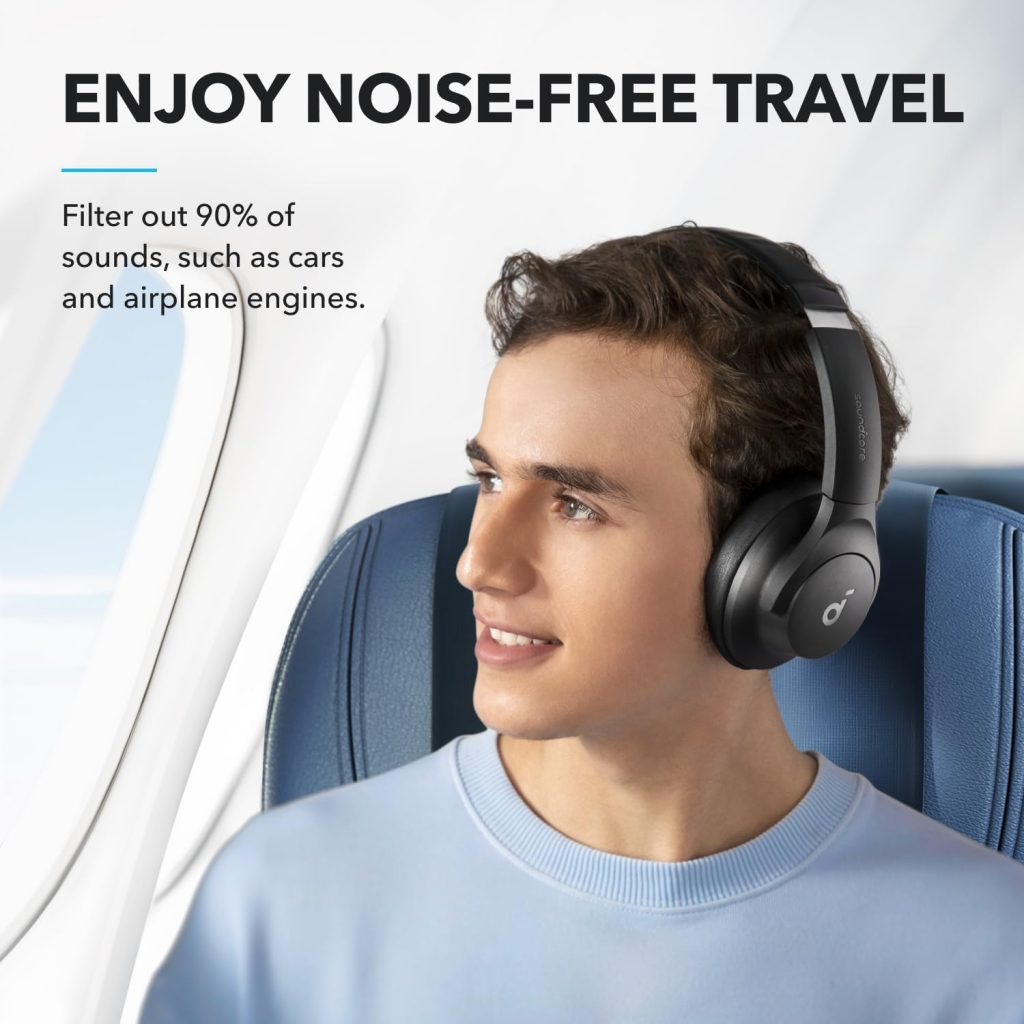
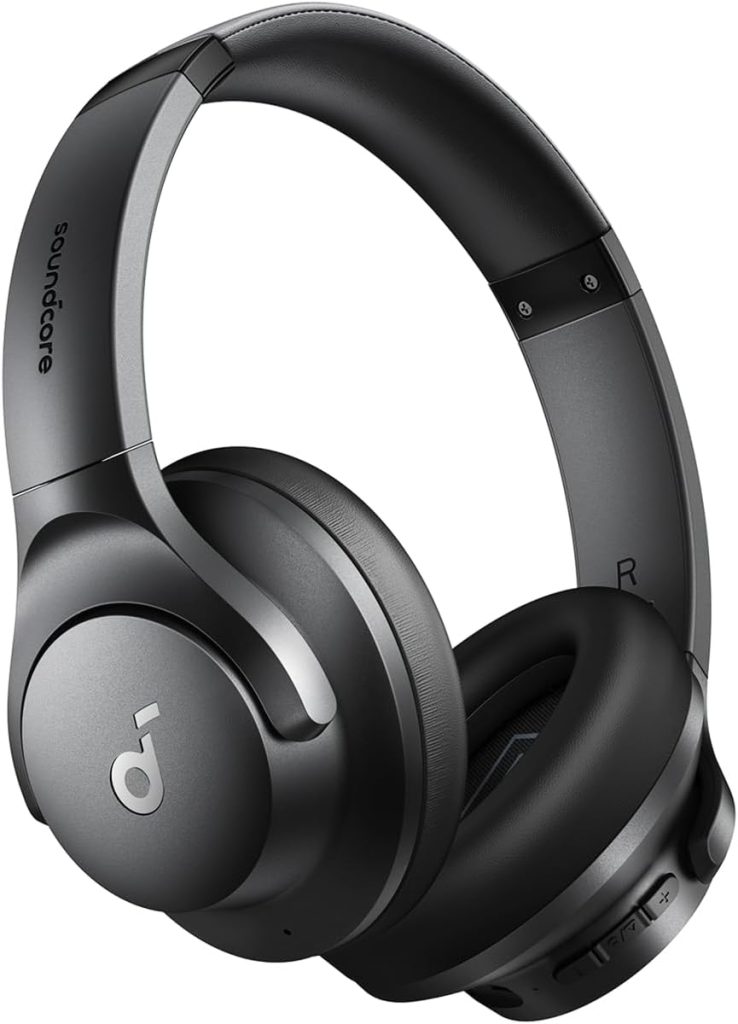


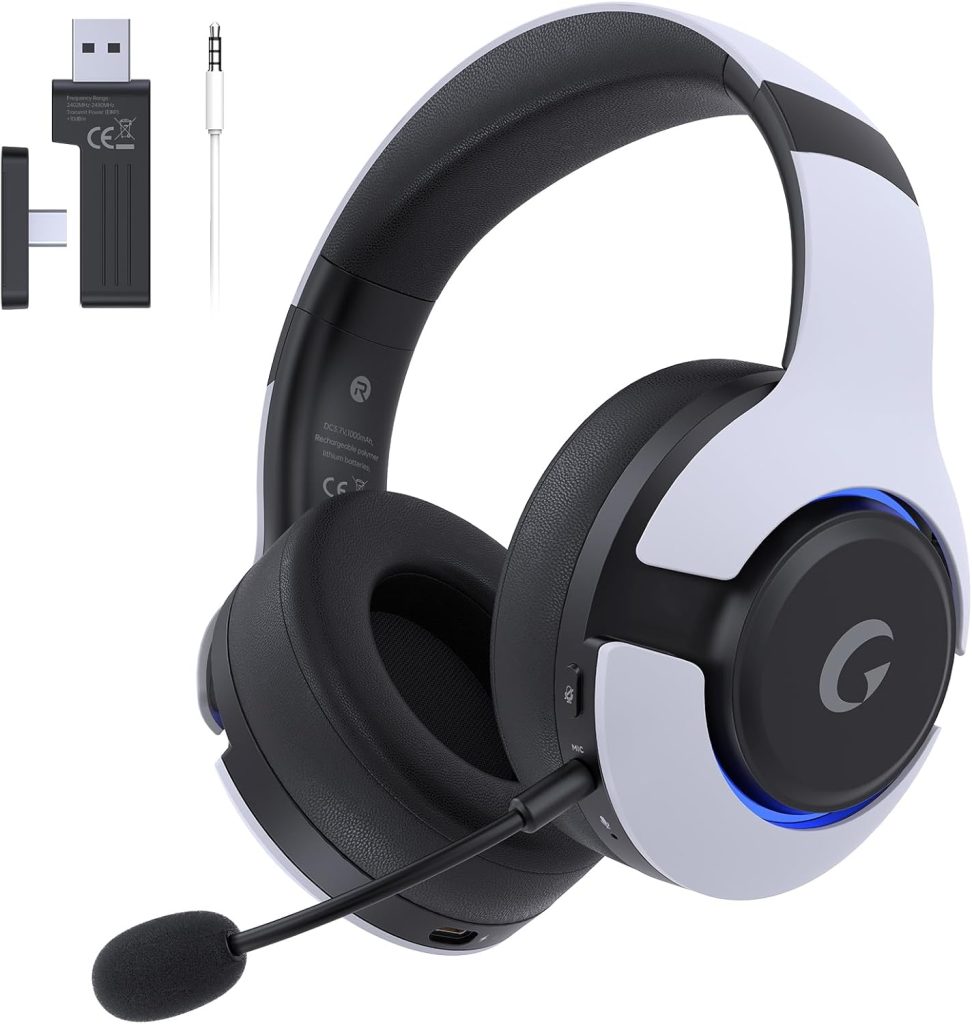
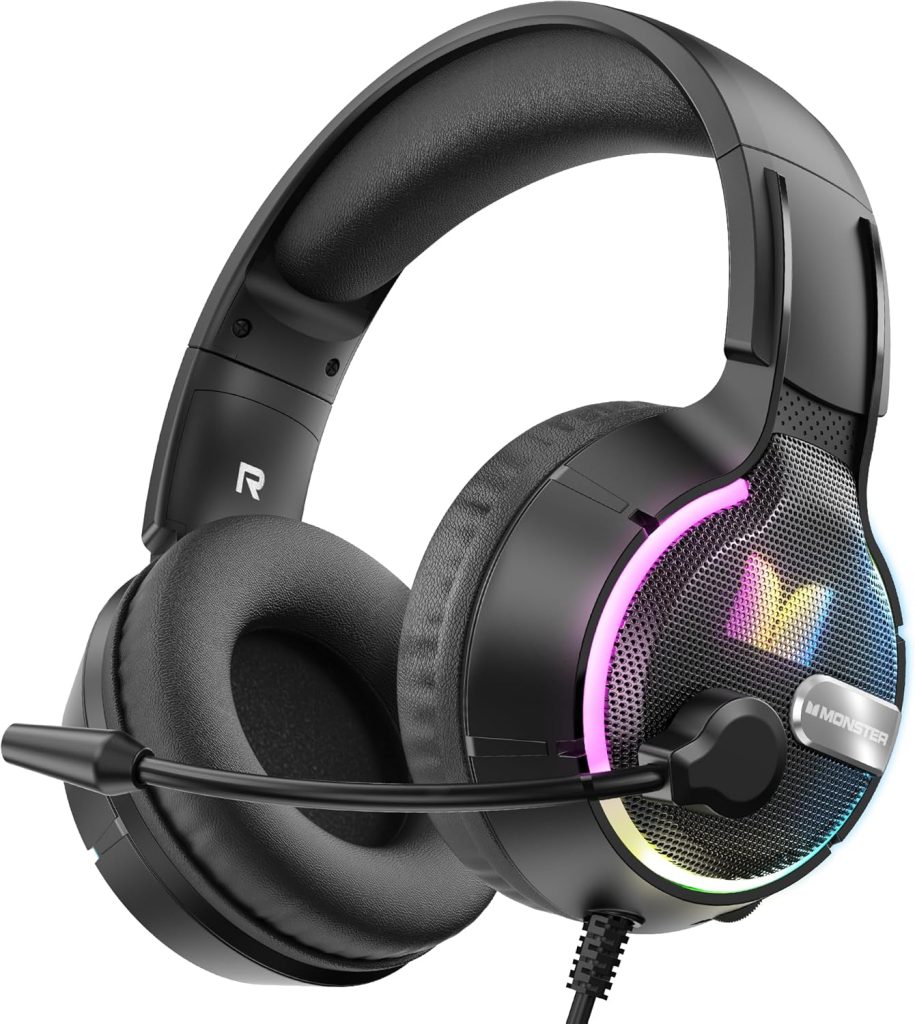
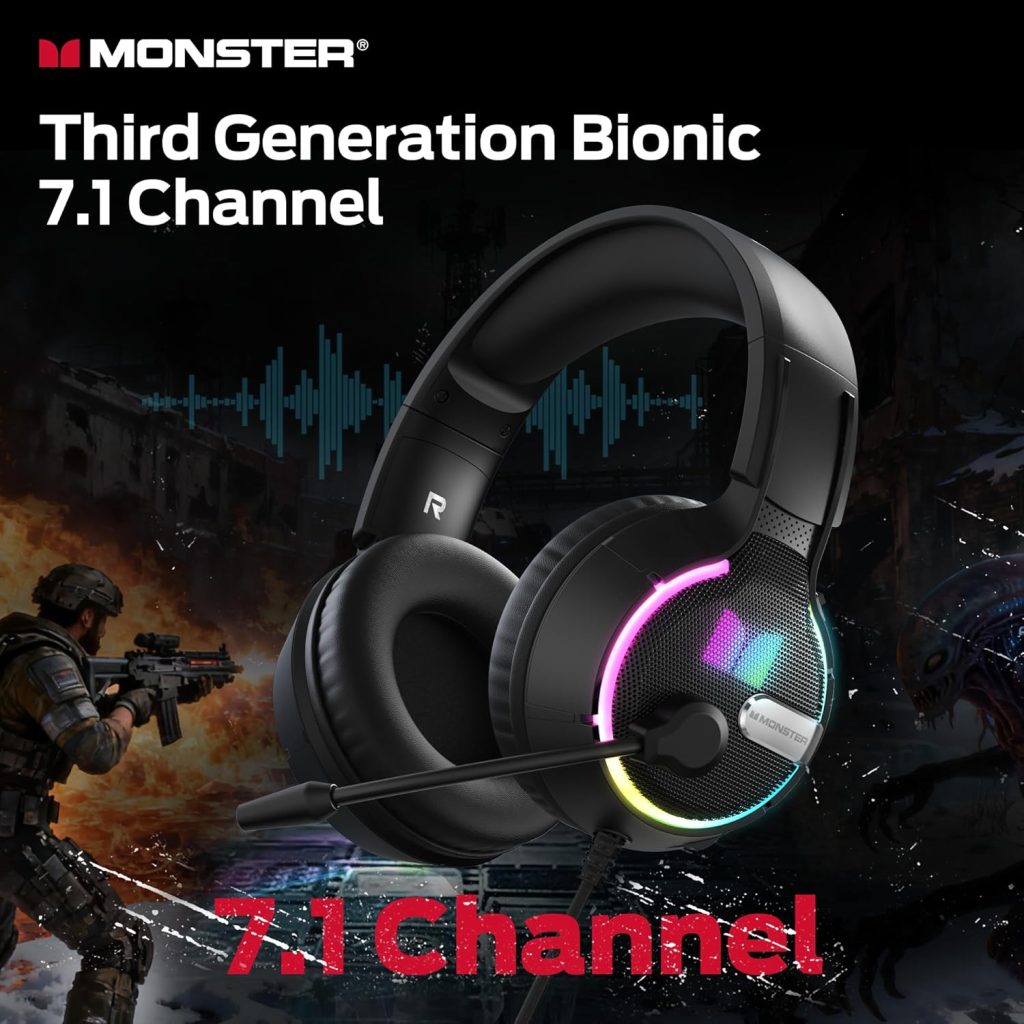

Leave a Reply